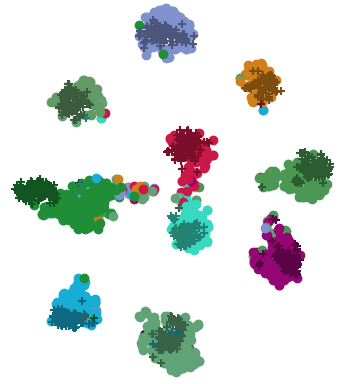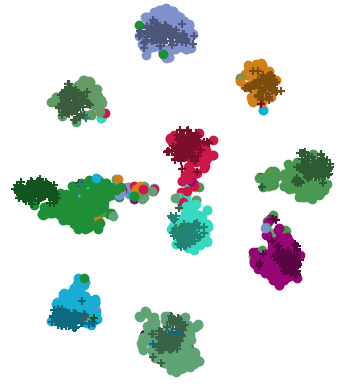Domain alignment is currently the most prevalent solution to unsupervised domain-adaptation tasks and are often being presented as minimizers of some theoretical upper-bounds on risk in the target domain. However, further works revealed severe inadequacies between theory and practice: we consolidate this analysis and confirm that imposing domain invariance on features is neither necessary nor sufficient to obtain low target risk. We instead argue that successful deep domain adaptation rely largely on hidden inductive biases found in the common practice, such as model pre-training or design of encoder architecture. We perform various ablation experiments on popular benchmarks and our own synthetic transfers to illustrate their role in prototypical situations. To conclude our analysis, we propose to meta-learn parametric inductive biases to solve specific transfers and show their superior performance over handcrafted heuristics.
翻译:域对齐是目前未受监督的域适应任务最普遍的解决办法,往往被作为目标领域某些理论风险上限的最小化工具提出,但进一步的工作揭示了理论与实践之间的严重缺陷:我们合并了这一分析,确认将地貌差异强加于地貌既不必要,也不足以获得低目标风险;相反,我们争辩说,成功的深域适应在很大程度上依赖于常见做法中发现的隐蔽的诱导偏见,例如模型培训前或编码器结构的设计。我们进行了各种关于流行基准和我们自身合成转移的消化实验,以说明它们在原型情况下的作用。为了完成我们的分析,我们建议对具体转移进行元性偏差的模拟偏差,并表明其优于手工艺的超能性能。






